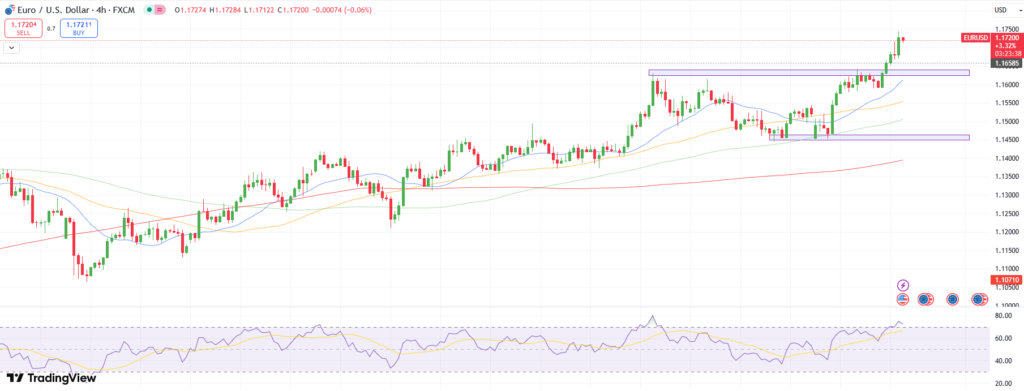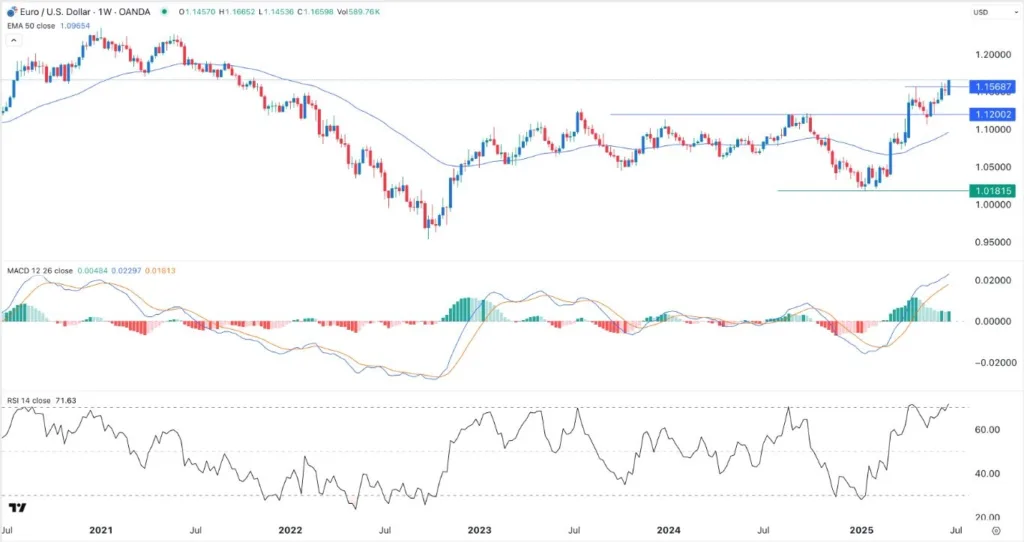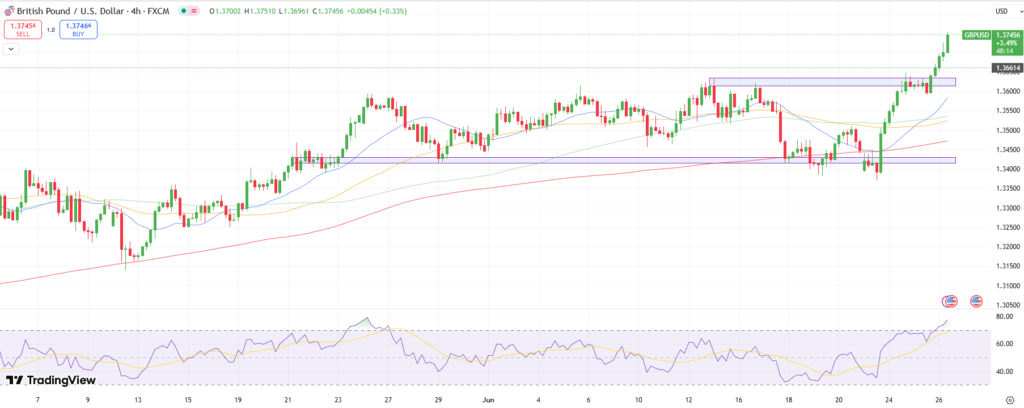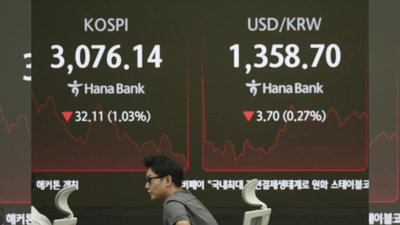Warren Buffett is one of the most esteemed investors on Wall Street. Under his control, Berkshire Hathaway (BRK.A 0.19%) (BRK.B 0.14%) has evolved from a small textile operation into a trillion-dollar company with subsidiaries across a diverse range of industries. But a significant portion of its market value also comes from its $284 billion stock portfolio.
Buffett manages the vast majority of that sum, and his patient, value-oriented investment strategy has been the foundation of many brilliant trades over the years. Here are a few highlights:
- Apple is the largest position in the portfolio. Its approximate cost basis of $34 per share implies 488% upside to the current share price of $200.
- American Express is the second largest position in the portfolio. Its approximate cost basis of $8.50 per share implies 3,523% upside to the current share price of $308.
- Bank of America is the third largest position in the portfolio. Its approximate cost basis of $14.15 per share implies 232% upside to the current share price of $47.
- Coca-Cola is the fourth largest position in the portfolio. Its approximate cost basis of $3.25 per share implies 2,053% upside to the current share price of $70.
Now, with Buffett’s bona fides firmly established, I want to discuss the $1.5 billion warning he sent Wall Street in the first quarter and what past warnings have meant for the S&P 500 (^GSPC 0.35%). Here’s what investors should know.

Image source: Getty Images.
Berkshire Hathaway was a net seller of stocks in the first quarter
Many investors track the stocks Warren Buffett buys and sells in an effort to emulate his success. But there was a more important takeaway from the trades he made during the first quarter: Berkshire sold more stock than it purchased. Specifically, sales totaled $4.6 billion and purchases totaled $3.1 billion, brining net stock sales to $1.5 billion.
That is an ominous billion-dollar warning for two reasons. First, Berkshire has historically been a net buyer of stocks, at least prior to the current bull market. In fact, Buffett in 2018 told CNBC, “It’s hard to think of very many months when we haven’t been a net buyer of stocks.” Second, Berkshire held a record $348 billion in cash and equivalents on its balance sheet in the first quarter.
Here’s the bottom line: Buffett sold more stock than he bought in the first quarter despite having plenty of investable capital. That is somewhat atypical, and the logical conclusion is he couldn’t find many worthwhile buying opportunities, perhaps because of the stock market’s elevated valuation.
History says the stock market has limited upside the coming months
Berkshire Hathaway has been a net seller of stocks in 19 of the last 28 quarters, and the S&P 500 has usually performed worse following those incidents as compared with quarters when the company was a net buyer of stocks::
- In the past seven years, the S&P 500 returned an average of 12% during the one-year period following quarters in which Berkshire was a net seller of stocks.
- Over the same period, the S&P 500 returned an average of 18% during the one-year period following quarters in which Berkshire was a net buyer of stocks.
We can use the information above to make an educated guess about the future. The S&P 500 closed at 5,612 on March 31, the day the first quarter ended. The index will advance 12% to 6,285 in the next 12 months if its performance matches the historical average. That implies just 3% upside from its current level of 6,092.
Indeed, the stock market currently faces two distinct sources of downside risk. First, the Trump administration has completely overhauled U.S. trade policy with aggressive tariffs. Many experts anticipate higher prices and slower economic growth as those taxes take a toll on business investments and consumer spending.
Second, valuations are elevated. The S&P 500 trades near 22 times forward earnings, a premium to the 10-year average of 18 times forward earnings. Importantly, the S&P 500 has returned an average of 3% annually over the three-year period following past incidents where its valuation was 22 times forward earnings, according to economist Torsten Slok at Apollo Global Management.
However, that does not mean investors should avoid buying high-conviction stocks when opportunities arise, and it certainly does not mean investors should sell their stocks in anticipation of a market crash. Remember this advice from Warren Buffett: “All there is to investing is picking good stocks at good times and staying with them as long as they remain good companies.”
Bank of America is an advertising partner of Motley Fool Money. American Express is an advertising partner of Motley Fool Money. Trevor Jennewine has no position in any of the stocks mentioned. The Motley Fool has positions in and recommends Apple, Bank of America, and Berkshire Hathaway. The Motley Fool has a disclosure policy.







